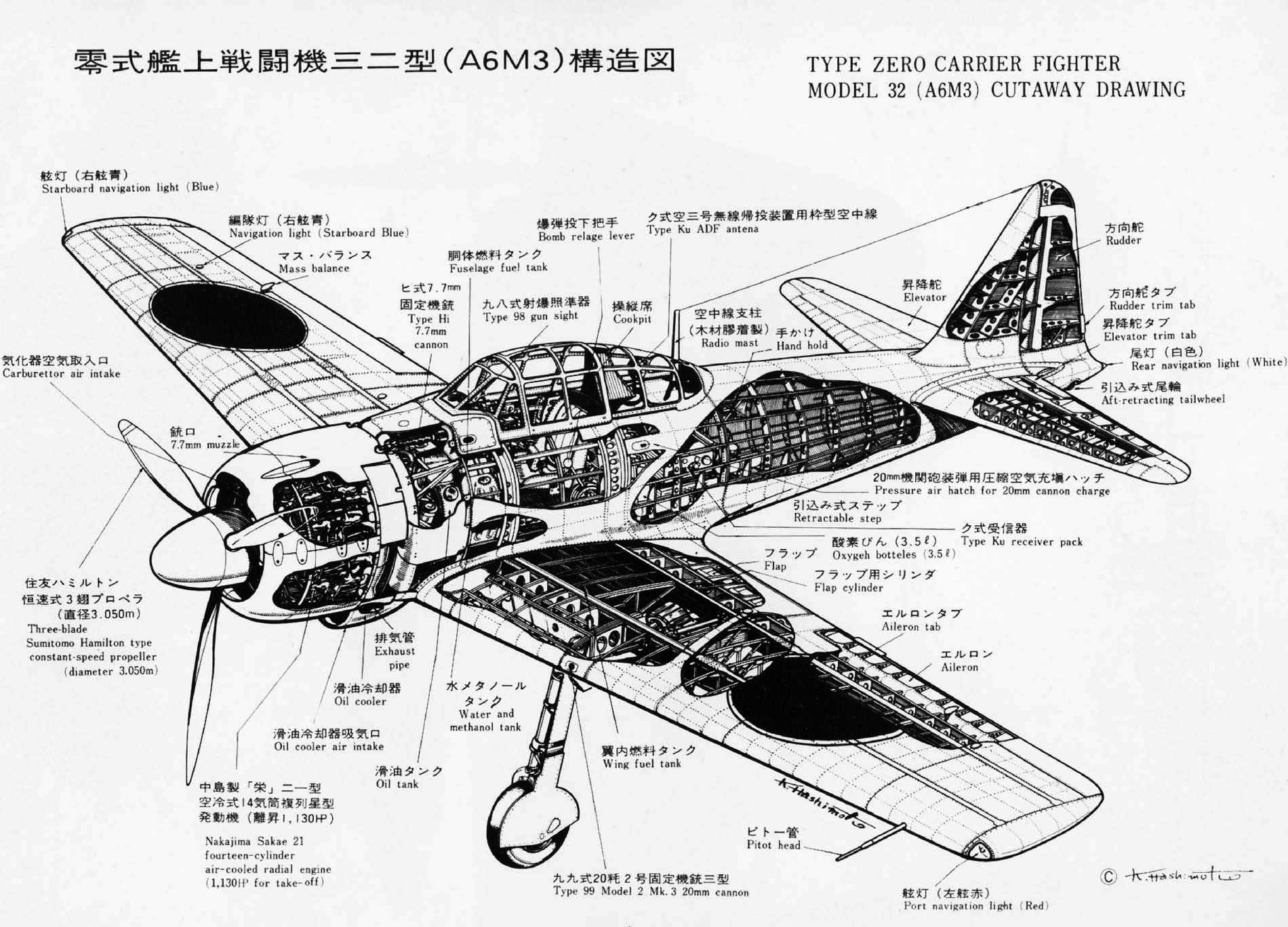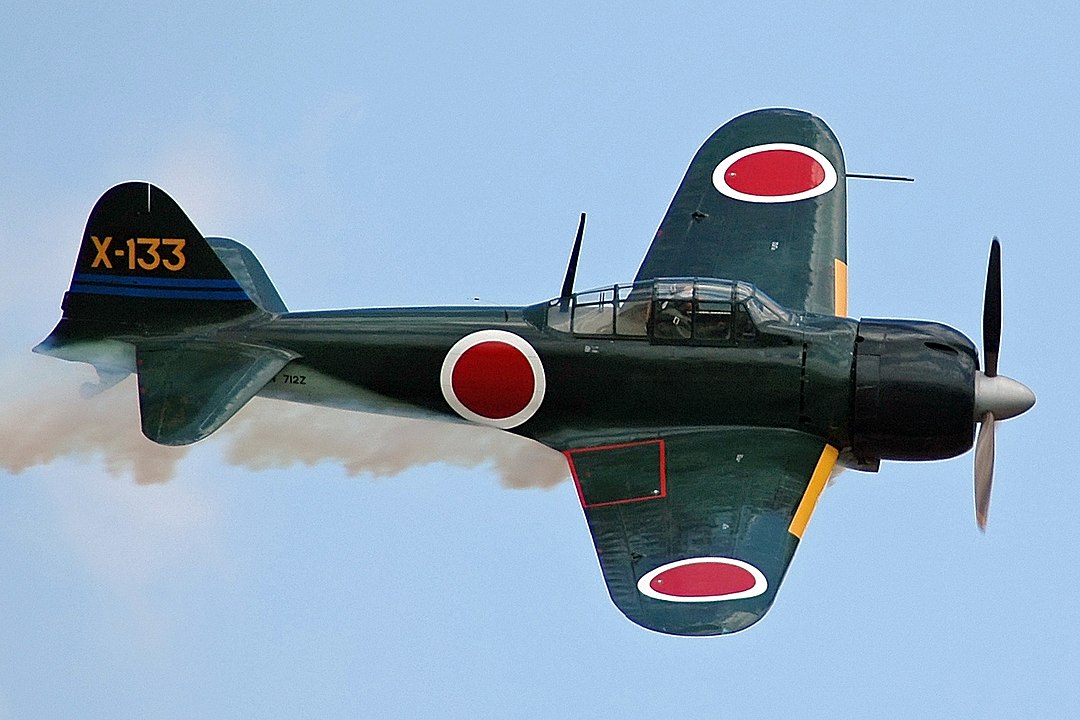Imagine an aircraft that, with its elegance and agility, left an indelible mark on the history of military aviation. The Mitsubishi A6M Zero, simply known as the Zero, was the symbol of Japanese air power during World War II. This carrier-based fighter has fascinated generations of aviation enthusiasts and continues to be a subject of study for historians and engineers.
Origins and Design: An Engineering Masterpiece
In 1937, the Imperial Japanese Navy launched an ambitious challenge: to create a carrier-based fighter that could surpass all previous models. Jirō Horikoshi, the brilliant chief engineer, accepted the challenge and designed a lightweight and aerodynamic aircraft, using innovative materials like duralumin to reduce weight and improve performance.
The first prototype of the A6M flew on April 1, 1939, piloted by Katsuzo Shima, and immediately demonstrated its exceptional maneuverability and range. These qualities made it an ideal candidate for the Japanese Navy's needs.
 Schema Model 32 - A6M3
Schema Model 32 - A6M3
Denomination and Significance: The Name that Inspired Fear
The name "Zero" comes from the last digit of the year 2600 in the traditional Japanese calendar, corresponding to 1940, when the aircraft entered service. The Allies adopted this denomination, which became synonymous with Japanese air power and inspired fear in the hearts of enemy pilots.
Performance and Operational Impact: Air Supremacy
At the beginning of World War II, the Zero was considered the best carrier-based fighter in the world. Its combination of exceptional maneuverability and extended range allowed it to operate over vast theaters of war, often surprising adversaries with its ability to appear in unexpected places.
In the early years of the war, the Zero earned a legendary reputation thanks to its victories against Allied aircraft. However, with the introduction of new American fighters like the F4U Corsair and the P-51 Mustang, the Zero began to show its weaknesses, including the lack of armor and insufficient firepower.
Versions and Use: Versatility and Sacrifice
The Zero was produced in numerous versions, including the model 21, which was the type most commonly encountered by Americans. In addition to its role as a fighter, the Zero was also used as a seaplane and light fighter-bomber.
In the final years of the war, many Zeros were converted into kamikaze aircraft, a use that reflected the growing desperation of the Japanese Navy in the face of Allied air superiority. This extreme sacrifice is a testament to the determination and courage of Japanese pilots.
Legacy: An Indelible Symbol
The Mitsubishi A6M Zero remains one of the most iconic aircraft in military history, a symbol of Japanese air power during World War II. Its legendary maneuverability and range have made it a subject of study for aviation enthusiasts and a symbol of a historical era.
In summary, the Zero not only represents an important chapter in aviation history but is also an example of how ingenuity and technology can create an aircraft that, for a brief period, dominated the Pacific skies.
Sources
- Wikipedia: Mitsubishi A6M Zero
- Asisbiz: Mitsubishi A6M2-21 Zero JNAF 332nd Kokutai
- Air Force Museum: Mitsubishi A6M2 Zero
- Britannica: Zero | Mitsubishi A6M, WWII Fighter & Naval Aviation
- HowStuffWorks: Mitsubishi A6M Zero
- Naval-encyclopedia: Naval-encyclopedia.com








Leave a Comment